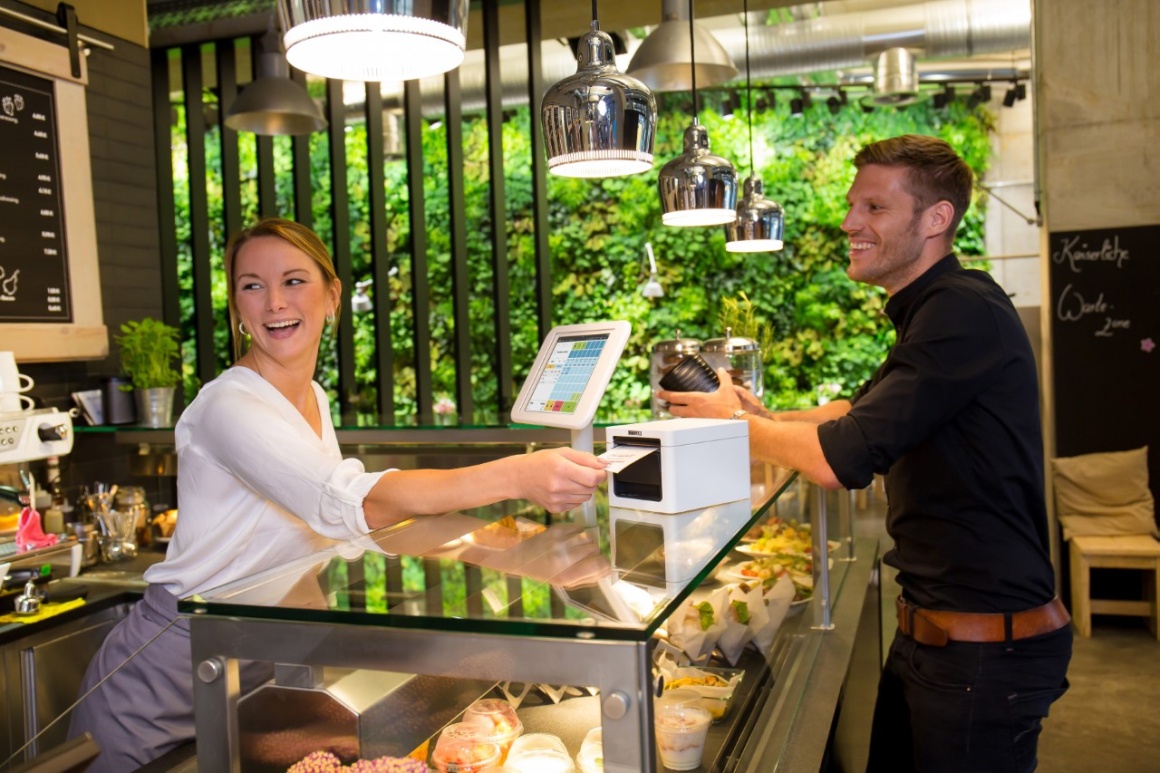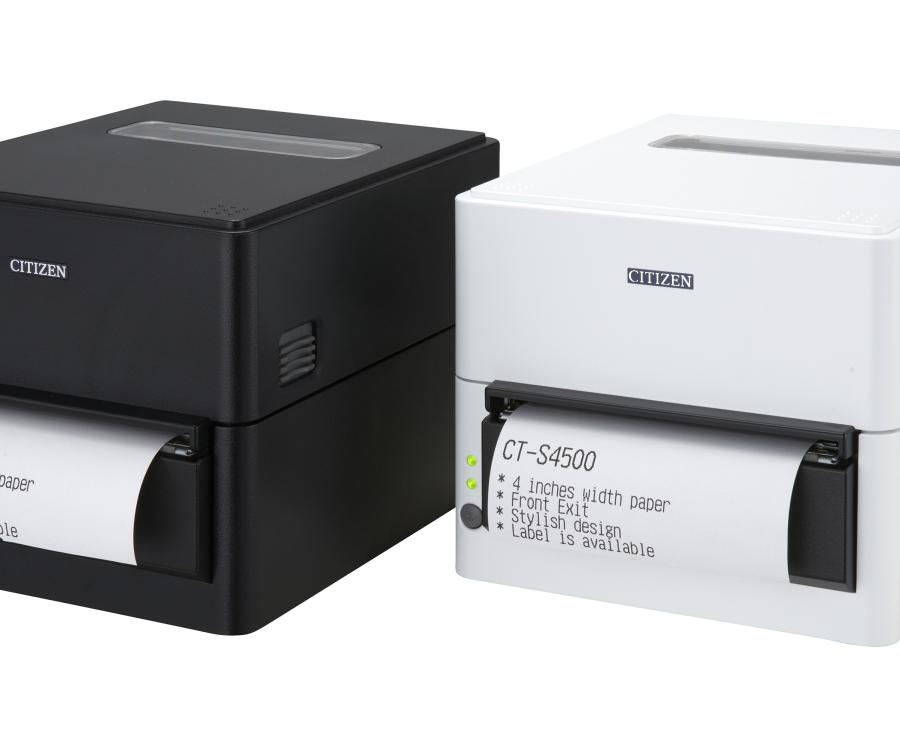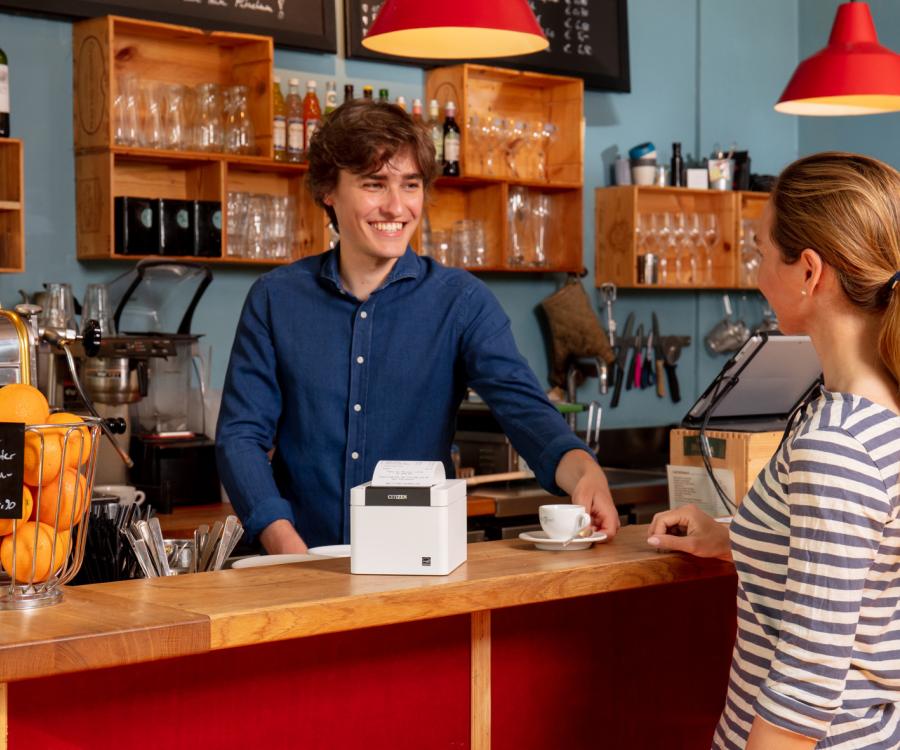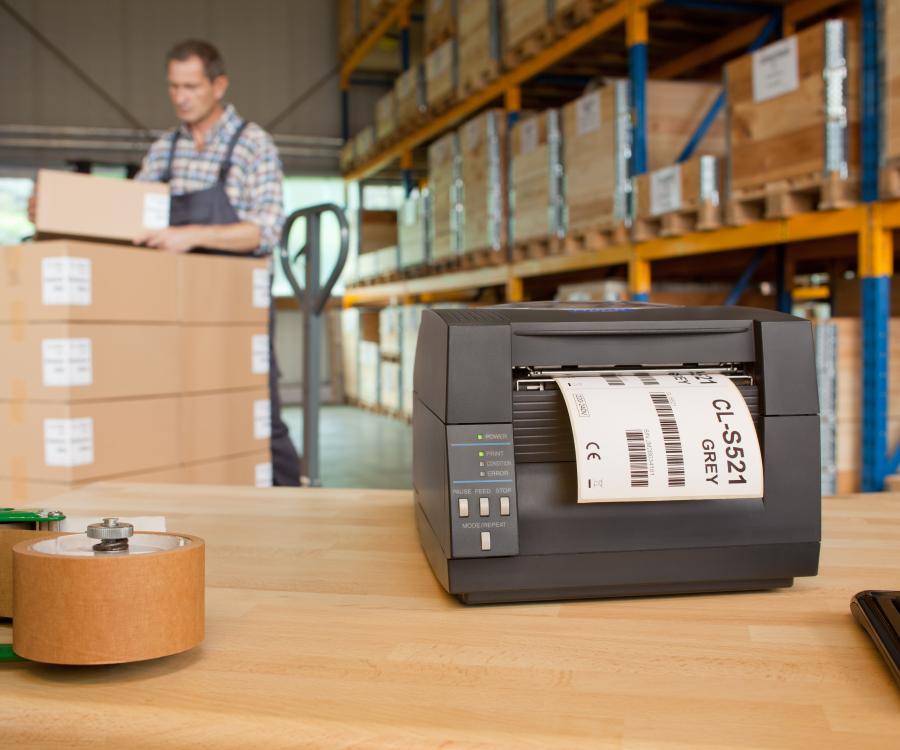The rise in energy prices is having an impact on the retail sector. Savings measures have already been implemented in many places. But every detail counts, from the lighting at the entrance to the receipt at the checkout. Citizen Systems, a provider of POS, label, mobile and photo printers, offers retailers tips on how to save money on receipt printing.

Rising energy prices are hitting retailers hard because they occupy large areas with many different electrical devices. Therefore, when it comes to saving energy, many small and large measures count, which add up to significant savings. Compared to refrigeration systems, printers are much smaller power guzzlers, but even a POS printer can save money on a daily basis. But where exactly are the energy saving opportunities that can be used to achieve noticeable savings in receipt printing?
More effective printing
Compared to other printers, POS printers work very economically because they are almost instantly ready for use and do not need toner or fusing. Rather, POS printers, blacken the thermal paper directly through heat. Writing and blacking occur at the point where the printer's heat hits the paper. Thermal printers therefore consume the most energy at the very moment they use heat to print. The greatest savings potential therefore lies in shortening this process.
1. Optimize blackening and font size
The degree of blackening can be easily adjusted in the printer and is the first component for saving. The size of the font can also be varied. Thus, a smaller font or image size causes lower paper and printing costs. In addition, vertical compression can be set in POS printers, i.e. letters can be made shorter.
2. Compress data
Some POS printers – such as Citizen's CT-S4500, can compress entire Word files so that instead of a large sheet of paper, an entire page fits on a narrow receipt. Such a printer is a real alternative to inefficient laser printers because it comes with a compression driver as standard and prints with high efficiency. It prints receipts and labels up to 4 inches wide (about 10 cm) very quickly and also reduces large multi-column A4 documents, with more columns per line, to perfect 4-inch prints.
3. Shorten receipts – save paper and power
Eternally long thermal receipts are not only a significant cost in the retail industry, but also cause little enthusiasm among customers. After all, it's not a benefit to consumers to have to store kilometres of receipts in their wallets. Retailers can save a lot of money by making receipts as short and crisp as possible.
With the paper-saving feature on Citizen printers, retailers can lay out their receipts in snugger formats by printing closer to the top and sides of the receipt, optimising the space and energy used to print. This saves money by allowing you to print more receipts per roll. It's a small, effective, and environmentally friendly measure that adds up in volume.
When retailers shorten receipts by 50 percent, they not only save half on paper, but also on electricity costs for the printer, because the printer consumes the most electricity during the printing process. Large retail chains are already taking advantage of this and have shortened their receipts.
4. Automatically save energy with standby mode
Pull the plug and save money? From an economic point of view, it is hardly worth unplugging the printer. The savings compared to standby mode are small and frequent switching off does not have a beneficial effect on the life of the device. With a printer like Citizen's, which is designed to operate for ten or more years, complete power-off is not necessary – similar to TVs, multiple power-offs tend to be counterproductive to the life of the device. For printers, stand-by mode is ideal instead when the printers are not in use. Most printers already have an automatic sleep mode, which saves electricity.
5. Use modern devices
An important way to achieve an energy-optimized printer is through the choice of device. This is because modern devices usually have significantly lower energy requirements, as they are designed for low energy consumption.
The latest retail printers feature lower power consumption with fast print times, such as Citizen's CT-E301, which prints at up to 250mm per second. Since the new devices include a USB standby mode, they automatically ensure lower power consumption themselves.
Considering the overall balance
"When it comes to printers, it's obvious to look first at the cost of purchase, but that's only one important aspect," explains Jörk Schüßler, Marketing Director EMEA at Citizen Systems Europe. "Consideration of operating costs and length of life are also important factors in the holistic energy balance and cost of a device. Citizen's printers prove themselves in their overall balance: with low initial costs, they have a very long service life. They also print very quickly and can be adjusted to use energy as efficiently as possible when printing."




